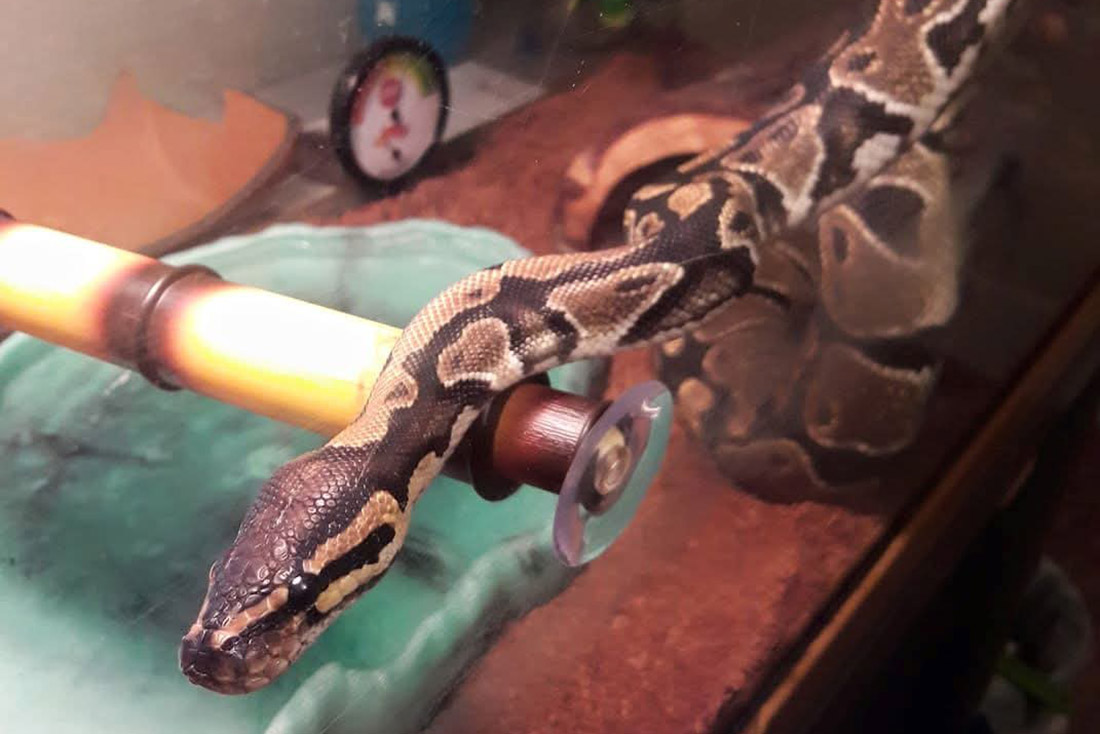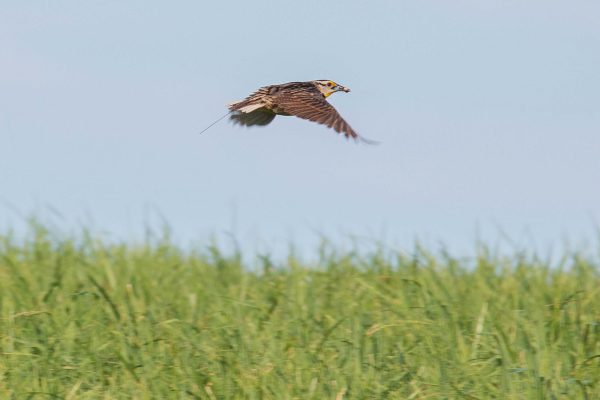In late 2019, Conservation Nation funded a pilot project for Eastern Meadowlarks with the goal of tracking where these grassland birds migrate across North America so that efforts can be made to protect those lands. Dr. Amy Johnson, Director of Virginia Working Landscapes, led this pilot project with Migratory Bird Center, Movement of Life Initiative, and George Mason University. It is one of few projects worldwide that actively traps and tags meadowlarks.
The program has soared to new heights following the pilot season funded by Conservation Nation. According to Dr. Amy Johnson, 10 Eastern Meadowlarks have been tagged in Virginia and are actively sending data back to be analyzed. This acquired data provides a unique peek into the migratory strategies of this iconic grassland species.
Dr. Johnson recently declared her gratitude for Conservation Nation, stating, “A project of this scale has never been carried out on this species before, so we are thrilled that it all stemmed from a pilot season in Virginia with support from Conservation Nation!”












